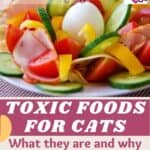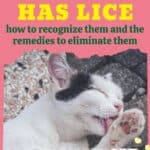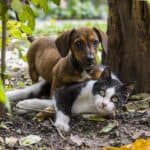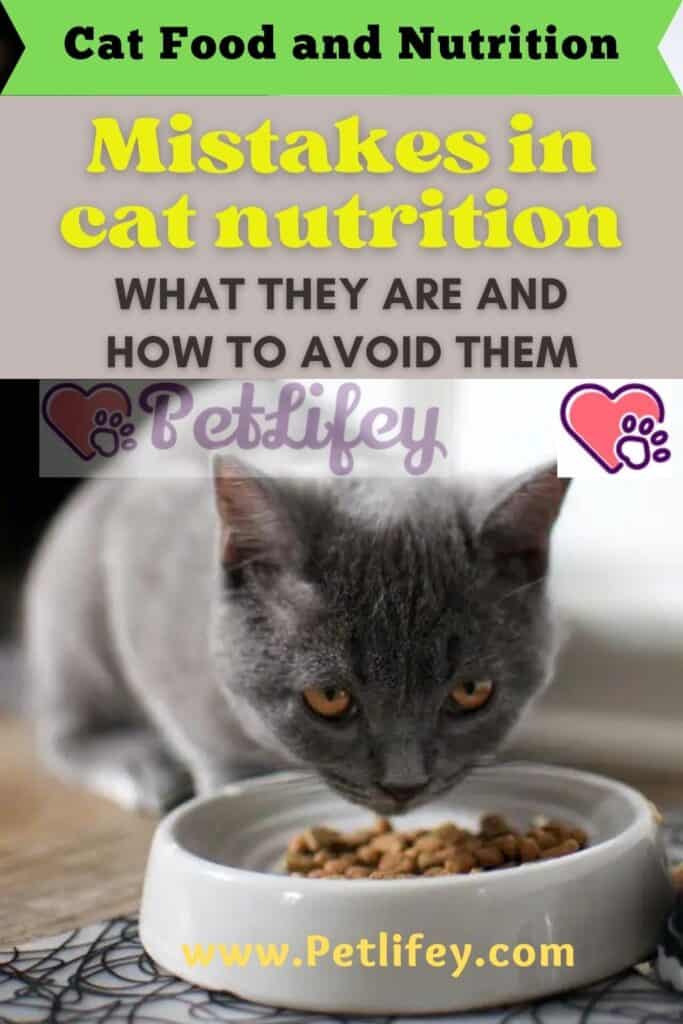
Feeding your cat might seem simple, in fact there are some very common and equally dangerous cat feeding mistakes.
When you decide to adopt a cat or any other pet, you must always take full responsibility for its well-being: in this regard, taking care of a four-legged friend means learning everything you need about its diet and the classic mistakes that must be avoided when it’s about feline nutrition.
Errors in the cat’s diet can concern the quantity, quality and type of food chosen: moreover, it is important to adapt the cat’s diet to the specific nutritional needs based on the phase of life in which the animal is. It is easy to understand that a kitten has different dietary needs from an elderly cat or a nursing mother cat: adequately responding to these needs is essential to keep our furry friend healthy.
Furthermore, we must always remember that cats can be very picky when it comes to eating: the reason is not in being spoiled, but rather in a very selective digestive system. So let’s see what are the right rules for feeding cat and which, instead, are the most frequent mistakes in cat feeding.
The top 10 of the most common mistakes in feline nutrition
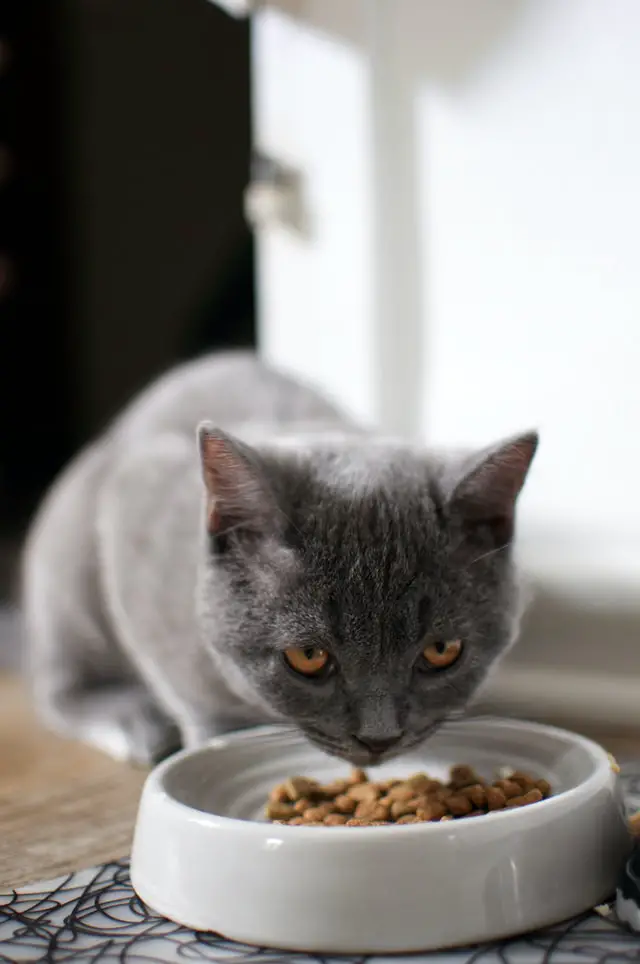
1. Supercharging
Feeding an excess cat is one of the most common and dangerous mistakes for the health of the domestic cat: in recent years, the number of overweight or obese cats has increased dramatically around the world and it is something that must be done a lot of attention. Maintaining the ideal weight of the cat is not just an aesthetic question, it is fundamental for its physical and psychological health.
2. Vegetarian or vegan diet
The number of people who choose to say goodbye to animal proteins every day is growing, but a vegetarian or vegan diet is absolutely not suitable for a cat: cats are essentially carnivorous animals, which need the nutrients contained in the products of origin. animal in order to survive. Furthermore, the body of cats is not suitable for the digestion of vegetables and this is why we must be sure to give the cat only fruit and vegetables that are safe for him: the list of vegetables allowed in the feline diet is very precise.
3. Give the cat dog food
The concept is valid both if we are thinking of giving the cat dog food, and vice versa if we want to fill Fido’s bowl with cat food: we are inclined to think that they are very similar, and that is why it is one of the most frequent errors in feeding the cat. In reality, the nutritional requirements are totally different which is why cat food and dog food have very different specific formulations.
4. Changing cat food too quickly
While offering some variety in your cat’s diet is highly recommended, don’t overdo it – trying to change a cat’s habits too quickly is counterproductive. If we introduce a new food into the cat’s diet too quickly, we risk that the animal’s digestive system does not have enough time to get used to the new ingredients. In this case, our feline friend could develop some annoying gastrointestinal disorders, such as vomiting and diarrhea.
5. Give only kibble to kitten
Another among the most common mistakes regarding cat feeding is choosing to feed the cat only and exclusively with dry food: the croquettes are certainly comfortable because they last longer in the bowl without deteriorating, however cats also need wet food because they tend to drink too little and need to take in fluids even through their diet.
6. Give the cat milk
In the common imagination, cats are particularly greedy for milk: we have all thought, at least once, of offering a kitten a plate of fresh milk thinking we are doing the best thing for him. In fact, cow’s milk can be dangerous for cats who love the sugary taste of this food so much but are unable to properly digest and absorb the lactose it contains.
7. Give the cat meat only
Meat is very good for cats and must represent the basis of the feline diet: as mentioned above, the cat is a carnivorous animal and absolutely cannot do without this food. However, we must not fall into the opposite excess and give only and exclusively meat to our cat: cats need all the nutrients, including those contained in foods other than meat or in meat by-products such as bones, blood and entrails.
8. Stuffing kitty with tuna
A can of tuna from time to time is not a great tragedy, but it does not have to be a habit: the packaged tuna, in fact, does not contain enough vitamin E and is often rich in preservatives, mercury and other unhealthy substances for the organism of kitty. Also, some cats become practically addicted to the strong smell and taste of canned tuna, thus refusing to eat anything else – if you decide to give your cat tuna, be careful that it is really an exception.
9. Cats and raw fish
Among the common mistakes in cat feeding that we humans often commit in a completely unconscious way is the dangerous habit of giving the cat raw fish. In fact, raw fish contains an enzyme, called thiaminase, which destroys thiamine, a B vitamin that is essential for the health of cats. Thiamine deficiency can have consequences ranging from loss of appetite to convulsions and even lead to the death of the animal.
10. Don’t consult your vet
Learning to read the labels on cat food packaging is very important, but it must not replace the professional opinion of a veterinarian: especially in some stages of life, cats have very specific nutritional needs that must be discussed with the help of an expert. For example, the diet of the sterilized cat has different peculiarities compared to those of the diet of an elderly cat or a puppy. If you want more information, in this in-depth study you will find the table with the doses of cat food for age by age.



